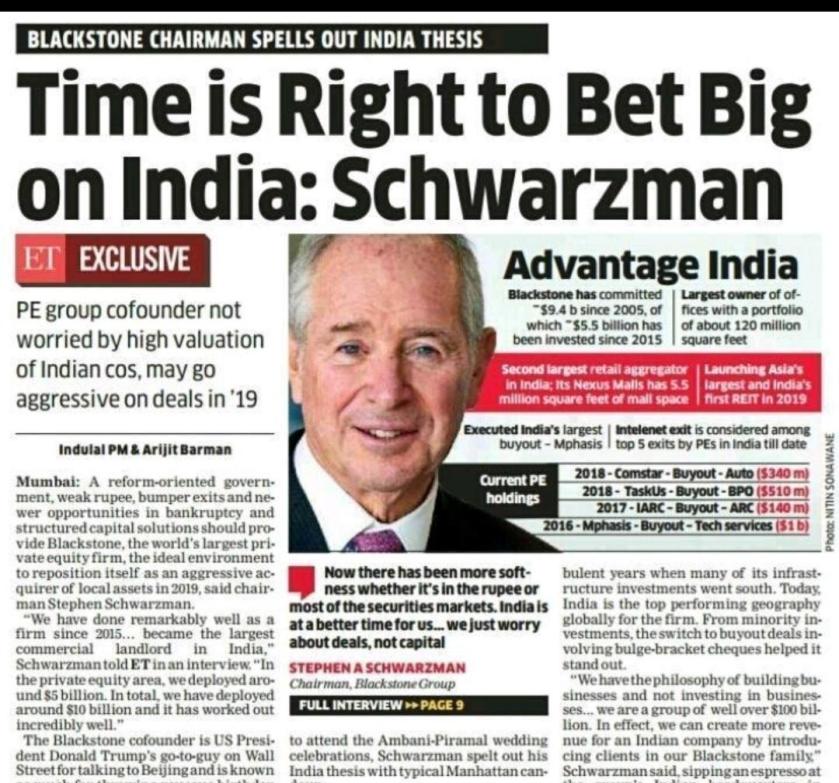Apple is struggling with its iPhone in India and has not adapted to the Indian market, while Oppo (China), Samsung and Nokia have. Noticed the Oppo logo on the Indian cricket team? Oppo from China is branding the Indian cricket team – smart positioning.

India is estimated to have 39 million new smartphone owners this year, according to eMarketer. More than 75% of the smartphones sold in the country cost less than $250 and 95% cost less than $500, analysts estimate. Most sales are less that $300 and come from local, unaffiliated shops in the countryside, where the majority of Indians live.
Among Apple’s current lineup, its lowest-priced phone in India is the iPhone 7, which typically costs around $550.
It is missing the target market on price, positioning and product – the features list is not right for India.
To succeed in India, you need product and marketing for India – that is the message of the Apple failure. Of course, the obstacles to the traditional Apple model of fully owned and branded stores are immense in India – so Apple needed to look for a new innovative model, but missed this boat.
The company hasn’t had the successes of fellow U.S. tech giants, who have found ways to claim some of India’s hundreds of millions of new consumers. Amazon.com Inc. has become a leading e-commerce player in the country. Alphabet Inc.’s Google and Facebook Inc. dominate online advertising. Netflix Inc. and Match Group Inc.’s Tinder are already among the biggest earning apps.
With 1.3 billion consumers, the country is the world’s biggest untapped tech market.
Just 24% of Indians own smartphones, and the number of users is growing faster than in any other country, according to research firm eMarketer.
The number of iPhones shipped in India has fallen 40% so far this year compared with 2017, and Apple’s market share there has dropped to about 1% from about 2%, research firm Canalys estimates. Some analysts call it a rout.
The list of market entry errors by Apple is impressive – wrong pricing in a price sensitive market, reluctance to change its traditional business model for selling the iPhone, rather than make a range of handsets, it has prioritized a limited number of coveted products, sold at high prices. The iPhone’s software features, like iMessage and AirDrop photo sharing, aren’t as big a draw for emerging-markets buyers, who often use Facebook and its WhatsApp messaging service to connect with friends and consume news and other content.
While competitors reacted to local consumer concerns—increasing battery life, for example, and offering less expensive models—Apple took an inflexible stand on its pricing and products.
The thing Apple is missing as it searches for market share in emerging markets is that if you can make it in India you can make it in the rest – Indonesia etc.
Meanwhile, competitors like China’s OnePlus, Xiaomi Corp. —sometimes called “the Apple of China”—and BBK Electronics Corp.’s Oppo and Vivo flooded India with smartphones, many of which cost less than $200. Some signed on Bollywood and cricket stars, among India’s biggest celebrities, to promote their products – and Oppo is on the cricket team shirts.
Unlike Apple, which typically spurns market research, competitors have conducted extensive on-the-ground research in India into local consumer habits, quickly incorporating functionality like special cameras for taking better selfies.
Now, that’s how you get into India – do your homework including market research, adapt to the market, make connections with existing sales and distribution channels, maximise what you can make there, utilise the local selling formats, adjust your product features and pricing and then link marketing plans with what works locally – cricket and Bollywood.


















